Every individual from nearly every species of animal must from time to time interact with other members of its own species. The most important reason for such contacts is surely procreation but there are countless others such as safety in numbers, hunting in packs or even just agreeing upon separate territories so as to minimize the number of interactions. In all of these contacts there must be some form of communication in order to facilitate the outcome of the meeting.
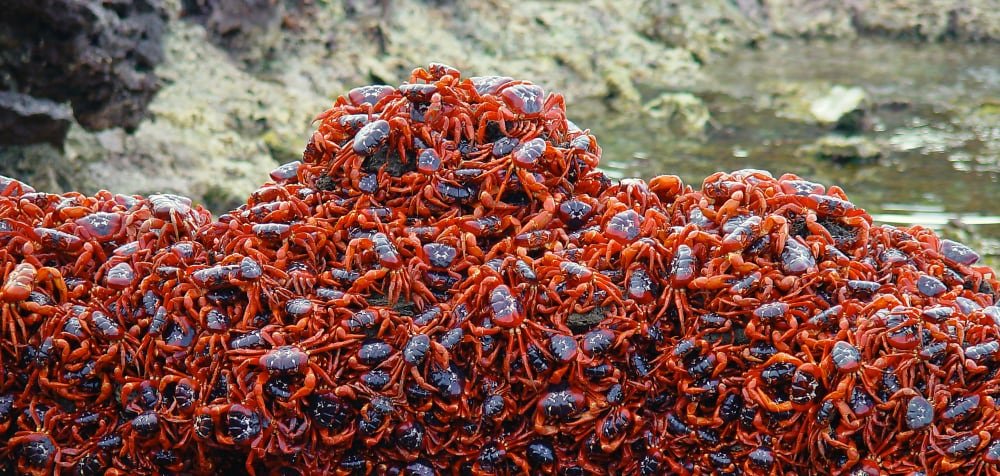
We humans of course have the best, most versatile form of communication, language but we know that the howling of monkeys, the songs of birds and the barking of dogs are simpler, courser forms of language. At the same time we wonder if some of nature’s other most intelligent species, dolphins or chimpanzees for example, may have languages approaching ours in complexity. Over the past fifty years or so there have been numerous studies to try to ‘talk with the animals’ as Doctor Doolittle would say.

Recently an experiment in communicating with humpback whales has been carried out by a group of researchers from the University of California at Davis, the Alaska Whale Foundation along with the SETI Institute. Humpbacks are well known to communicate with each other using long songs that seem to repeat themselves with slight variations and that can travel for thousands of kilometers in the ocean.

What the team did was to take a boat out to an area of the ocean where humpbacks were known to be and played a recording of a humpback song that was well established as a form of greeting. The humans then waited for a response from one of the whales. They didn’t have to wait for long as a humpback who had been given the name of Twain not only replied to the call but approached the boat and began circling it.

The researchers then began playing other recorded whale calls and each time Twain replied with a different call of his own. Now the scientists had only the vaguest idea of what their calls actually meant in the humpback language, let alone what Twain’s replies meant but they still managed to continue the ‘conversation’ for about twenty minutes.

While a twenty-minute exchange of only half understood messages can hardly be considered a ‘communications breakthrough’ it is nevertheless data that can be analyzed by the mathematical principles known as information theory. And with each additional such encounter scientists will learn a little bit more about how to communicate with the other intelligent creatures that share our world with us.
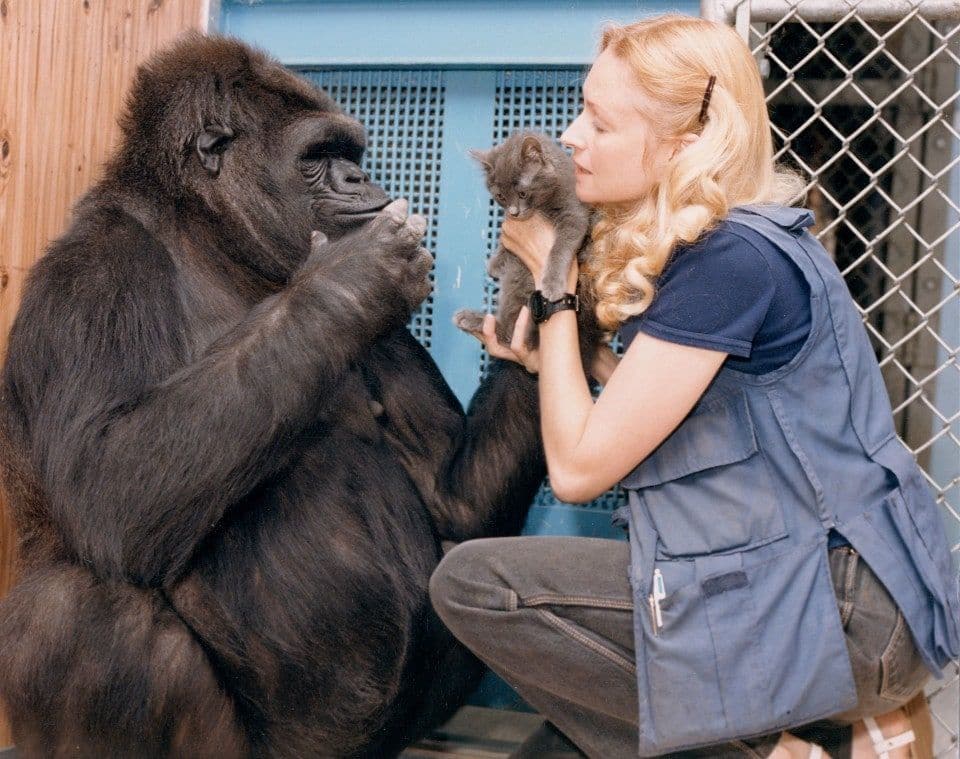
Another interesting point about the study is the inclusion of the SETI or Search for Extra-Terrestrial Intelligence Institute, an organization dedicated to seeking out intelligent life elsewhere in the Universe, not here on Earth. However the people at SETI recognize that learning how to communicate, or even just being able to recognize an attempt at communication with non-human life here on Earth will help them to better find and contact alien intelligences. Slowly we humans are coming to understand the other intelligences here on Earth and one day soon we’ll be having real conversations with them.

However, as I said above the most important reason living creatures have for interacting with members of their own species is mating, producing offspring to keep the species going, sex! Now we all know that the many different species here on Earth have quite a variety of different ways to have sex. Some species of fish for example gather in large numbers of both genders and then just release both their eggs and sperm into the water knowing that most of the eggs will get fertilized by somebody’s sperm. Many plants actually use an intermediary like a bee to carry their pollen from one flower to another so that fertilization can occur. The only set rule of mating is that, if it works it works.
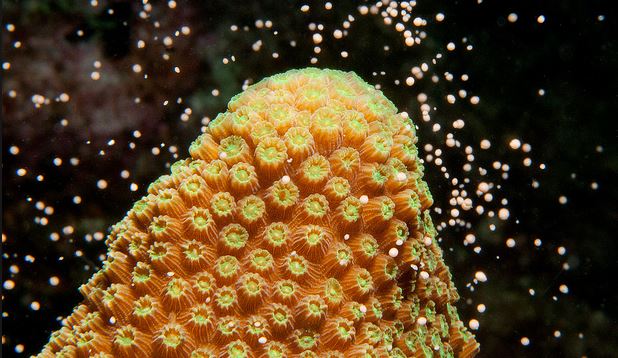
It was thought that all mammals basically had sex the same way we humans do. The male’s penis penetrates the female’s vagina where it releases the male’s sperm in order to fertilize the female’s egg. Certainly dogs, horses, whales and even egg laying mammals like the platypus do it that way.

Now however a new study from the journal Current Biology has called that assumption into question for one large group of mammals, the bats, based upon videos taken in a church steeple in the Netherlands. The species of bat in the study is known as serotine bats who are native to a wide area of both Europe and Asia. Since bats are nocturnal and often live in hard to access places not a great deal is known about their mating habits in general and the serotine bats in particular were considered mysterious. You see the penis of the male serotine bat was simply too large to fit inside the female’s vagina!
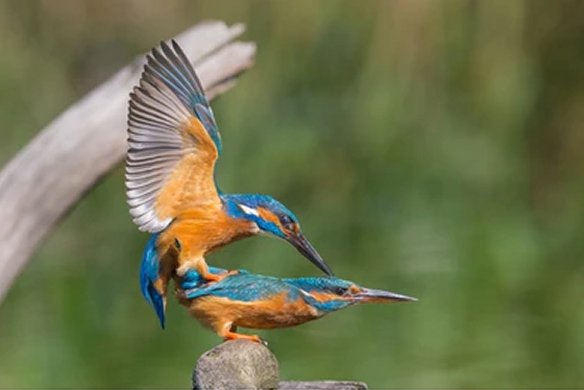
So researchers, led by Dr. Nicholas Fasel filmed hundreds of hours of the bats in the steeple of an Old Dutch church where they succeeded in catching several instances of the bats mating. What they found was that serotine bats mate by simply touching their genitals together in a manner similar to the way most species of birds mate, not mammals. This finding raises the question of whether other bats have sex the same way, quite a few species are known to have oddly shaped if not oversized penises.
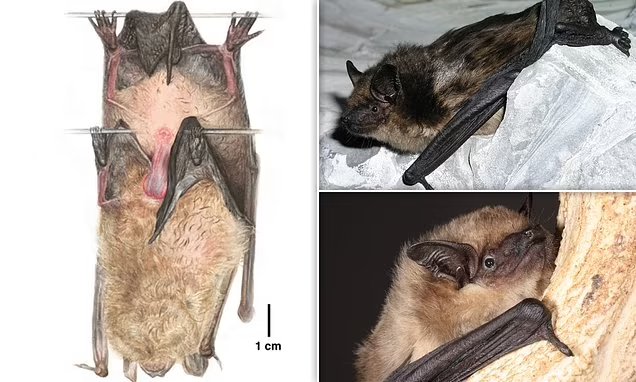
So if serotine bats mate by just touching their genitals then why do the males have such large penises? Well, Dr. Fasel points out that the female serotine bat has evolved a flap of their leathery wing as a covering for their vagina in order to prevent an unwanted male from being able to mate with them. He theorizes that perhaps the male has evolved his large penis as a means of pushing that flap out of the way. In other words we may be witnessing a literal battle of the sexes in evolution.
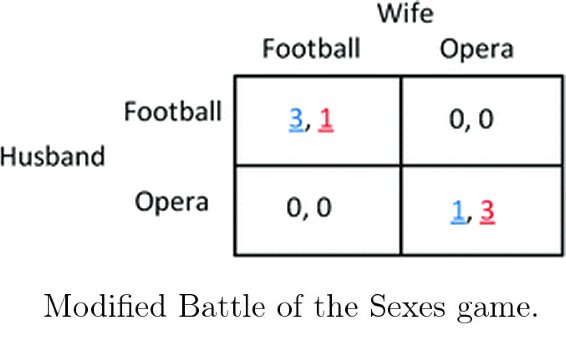
All of which shows that when it comes to interactions between members of the same species nature keeps coming up with odd and interesting ways of doing things.
